POLSKA.FM
The Lublin Union: The First European Multinational State
Signed in 1569, the Union of Lublin was far more than a political agreement—it was a bold experiment in coexistence, forging a commonwealth between the Kingdom of Poland and the Grand Duchy of Lithuania. What emerged was the Polish–Lithuanian Commonwealth, a dual state united not by conquest, but by shared law, elected monarchy, and mutual interest. Spanning from the Baltic to the Black Sea, this unprecedented union created one of the largest and most culturally diverse political entities in Renaissance Europe—centuries ahead of its time.
A Union Born of Necessity and Ambition
The mid-16th century found both Poland and Lithuania at a crossroads. Though linked by a personal union since the late 14th century, the two realms remained politically distinct, with separate armies, administrations, and legal systems. But external threats loomed—especially from Muscovy, the Crimean Khanate, and the rising power of the Habsburgs—forcing both kingdoms to reconsider the strength of their alliance. For Poland, deeper integration offered influence in the east. For Lithuania, weakened by war, it was a chance to preserve autonomy within a stronger framework. The negotiations in Lublin were tense and prolonged, with Lithuanian nobles initially resisting full union. But on July 1, 1569, after heated debate and strategic compromise, the Union was signed—creating a federative state unlike anything Europe had seen before.
A Commonwealth of Diversity and Shared Power
The Polish–Lithuanian Commonwealth was extraordinary in both size and design. Encompassing modern-day Poland, Lithuania, Ukraine, Belarus, and parts of Latvia and Russia, it brought together a mosaic of ethnicities, religions, and languages. Ruthenians, Jews, Germans, Armenians, Tatars, and others coexisted under a shared political structure. What made the Commonwealth revolutionary was its foundation on a system of noble democracy, where power was distributed not by absolute monarchy but by an elected king and a bicameral parliament (Sejm). Nobles from both Poland and Lithuania sat together, passed laws together, and elected their monarch together. This early form of constitutionalism created a unique model of decentralized governance, in which unity did not demand uniformity—a radical idea in an age of dynastic absolutism and religious intolerance.
Religious Tolerance and Intellectual Flourishing
In an era dominated by bloody religious wars, the Commonwealth distinguished itself through a remarkable degree of religious tolerance, formalized by the Warsaw Confederation in 1573. This landmark act guaranteed freedom of conscience to all nobles, regardless of creed—a decision that welcomed Protestants, Orthodox Christians, Jews, and Muslims into public life. Universities thrived, with Kraków and Vilnius becoming vibrant centers of learning. Multilingual printing houses produced books in Polish, Latin, Ruthenian, and Hebrew. The Commonwealth became a haven for philosophers, poets, reformers, and exiles who found in its diversity both safety and inspiration. Though imperfect and often contested, this commitment to pluralism remains one of the Lublin Union’s most progressive legacies—one that modern Europe would struggle to match for centuries.
Tensions Beneath the Surface
Yet even as the Union fostered innovation, it was not free of internal contradictions and growing tensions. The noble democracy, while groundbreaking, excluded most of the population—peasants and townspeople had little political voice. The Ruthenian nobility in Ukraine increasingly felt overshadowed by Polish magnates, and the Orthodox population often found itself disadvantaged in a system that leaned toward Catholic norms. Meanwhile, the elected monarchy—intended to prevent tyranny—sometimes led to political paralysis, as foreign candidates vied for the throne and the infamous liberum veto allowed any deputy to dissolve parliament. Still, despite these flaws, the Commonwealth endured for over two centuries as a remarkably stable and sophisticated state, navigating the complex realities of a multiethnic realm long before nationalism became a defining European force.
Legacy of a Political Innovation
The Union of Lublin was more than a historical agreement—it was a vision of Europe based on cooperation rather than domination. Its very existence challenged the prevailing idea that only uniformity could ensure unity. Though the Commonwealth would eventually fall to the partitions of the late 18th century, the ideals it embodied—shared governance, cultural pluralism, and constitutional limits on power—remain strikingly modern. Today, historians increasingly recognize the Lublin Union as Europe’s first true multinational state, a model of inclusion whose echoes can be found in the European Union itself. In an age when borders are again contested and diversity debated, the Union reminds us that enduring strength often lies not in sameness, but in the ability to live—and rule—together.
Lublin: A City of Memory and Meaning
The city of Lublin, where the Union was signed, holds a special place in Poland’s historical imagination. Once a bustling trade center bridging East and West, it became the symbolic birthplace of a Commonwealth that reached far beyond the boundaries of any single kingdom. Today, the site of the Union is marked by the Chapel of the Holy Trinity, a breathtaking fusion of Gothic architecture and Byzantine frescoes—a fitting metaphor for the meeting of cultures. Museums and monuments throughout Lublin preserve the memory of that fateful July day when nobles gathered not to wage war, but to build something new. The spirit of the Lublin Union remains alive in the city’s streets, reminding every visitor that a shared future can be crafted not through conquest, but through courage, compromise, and common vision.
